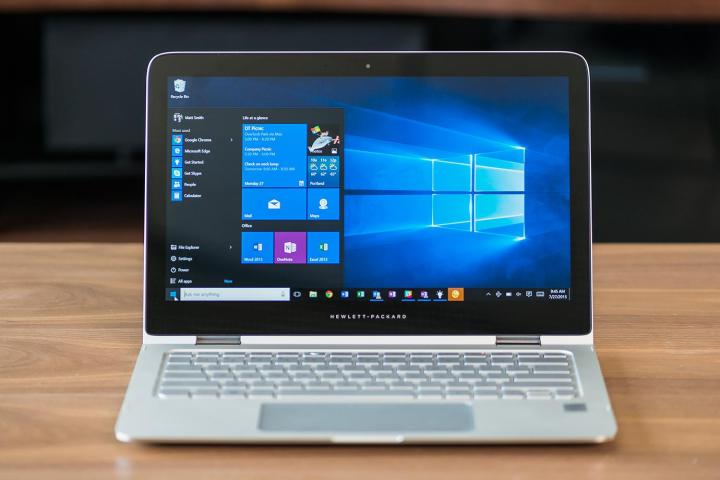
It’s being reported that Windows 10 has already been installed on more than 50 million devices, according to data sourced by WinBeta. While Windows has long been the most popular OS in computing, it’s very impressive to see just how many users have adopted its latest iteration within the first month of availability.
Of course, it’s of little surprise to see that the prospect of a free download has reaped such a surge of installations. The fact that many users have already become acclimated to the OS over the course of a lengthy Insider Program preview doubtless also contributed to these figures.
Regardless, it seems that Windows 10 is already proving to be a success on Microsoft’s terms. It has always seemed very clear that the company’s intent was to bring PC users together under one singular version of Windows, and racking up 50 million devices towards that goal within a month will no doubt bring high spirits to Redmond.
The challenge will now be to preserve that momentum by making sure that Windows 10 continues to be seen as a desirable upgrade. Enterprise users are unable to take advantage of the free update, and will likely be a major focus in coming months.
Windows 10 has already carved out almost 5% of the OS market, but Microsoft wants more than a good start for the final version of Windows. With a target of one billion devices running the OS within two to three years, there’s still plenty of work to be done.
Editors' Recommendations
- The next big Windows 11 update has a new hardware requirement
- Surface Pro 10: all the major changes rumored for the new model
- Windows 11 tips and tricks: 8 hidden settings you need to try
- Microsoft finds a sneaky way to slip more ads into Windows
- Microsoft announces a new threat to push people to Windows 11


